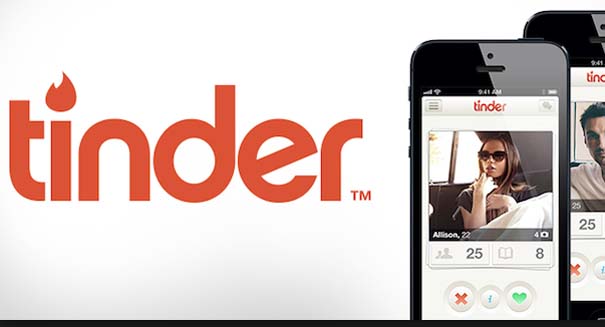
Casual, unprotected sex arranged with social media apps as led to a 79 percent increase in syphilis.
The rates of syphilis, gonorrhea, and HIV have all increased dramatically over the last year. The primary suspect? Social media dating apps such as Tinder and Grindr.
‘”Dating apps have given people more opportunities to meet potential partners than ever before” said Dr. Rosemary Gillespie, chief executive at the UK-based Terrence Higgins Trust.
The Rhode Island Department of Health compared statistics from 2013 and 2014. They found that the number of reported cases of syphilis rose by 79 percent, gonorrhea by 30 percent, and HIV by 33 percent.
“These data send a clear signal that despite the progress we have made in reducing STDs and HIV over the years, there is more work to do,” said Dr. Nicole Alexander-Scott, director designee at the Rhode Island Department of Health. “This trend reminds us that we cannot become complacent.”
The Department also noted that “the recent upturn in STDs in Rhode Island follows a national trend”.
A written statement released by the Department reported that the recent spike in STDs was the result of increased high-risk behavior including “using social media to arrange casual and often anonymous sexual encounters, having sex without a condom, having multiple sex partners, and having sex while under the influence of drugs or alcohol.” Increased testing for STDs may also play a role in the uptick.
When asked about the relation between STD rates and social media applications, Lynn Beltran, an epidemiologist at STD clinic for Salt Lake County, Utah- another area of the US that has witnessed a marked rise in cases of sexually transmitted diseases- said that she was not surprised.
“It’s been the perfect storm,” said Beltran. “Our attitude kind of shifted, where it became more acceptable to engage in casual sex … then to find someone in a certain mile radius.”
It is increasingly important for health departments to educate young people about the risks of casual and unprotected sex.